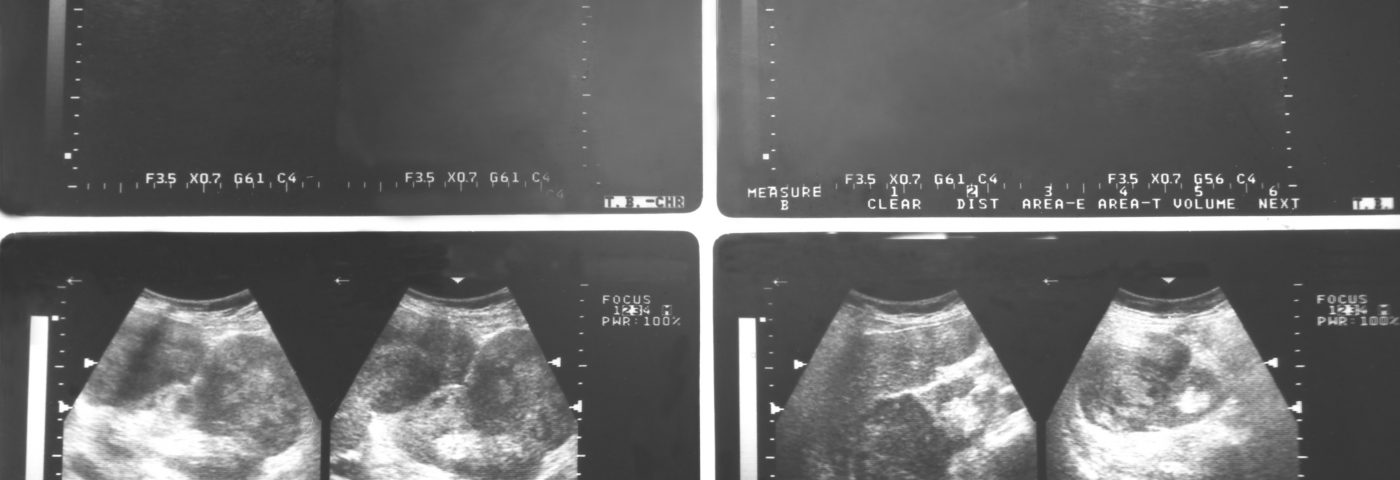A new way of determining patients with small renal tumors who might benefit from uniform partial nephrectomy — and those who might do best with a more selective approach — can improve life expectancy for people with mild or moderate chronic kidney disease (CDK), especially in older patients, a new study reports.
No ideal treatment now exists for people with small renal tumors that addresses concerns of both cancer control and preserved renal function, researchers said in the study, Tumor Anatomy Scoring and Renal Function for Nephron-Sparing Treatment Selection in Patients With Small Renal Masses: A Microsimulation-Based Decision Analysis.” Partial nephrectomy, or surgical removal of part of the kidney, is best in terms of oncologic control, but can come at the expense of renal function and higher overall mortality.
This new method, called nephron-sparing treatment selection, incorporates a nephrometry score determined by tumor imaging and patients’ CDK stage to select the best course of action. It is described in the study, published in the American Journal of Roentgenology (AJR).
Researchers compared the efficacy of their method, an algorithm for small renal tumors that incorporates a score called the nephrometry score, with the current standard therapy of uniform partial nephrectomy for patients with mild-to-moderate CKD.
Results suggest that integrating a tumor’s anatomy and baseline CDK stage are two parameters that should guide treatment selection, and that selective surgery (i.e., partial nephrectomy for patients with stage 2 or 3a CKD and a low nephtometry score) is potentially more effective for treating patient’s small renal tumor masses than uniform surgery. The benefits of this nephron-sparing treatment showed life expectancy to be comparable to the benefits of well-established medical interventions.
“We provide a framework for incorporating tumor imaging features and renal function into treatment selection, which may help to inform physicians regarding the appropriateness of surgery in patients with CKD,” the study’s lead author, Stella K. Kang, a radiologist with the Department of Radiology at the New York School of Medicine, said in a press release. “Because renal cell carcinoma most often presents as incidental, small, localized, and often indolent tumors in elderly patients with high rates of CKD and comorbidities, competing nononcologic mortality risks should be carefully considered when counseling patients.”
“Particularly in such patients with underlying CKD, our modeling results support the integration of renal tumor anatomic features at cross-sectional imaging into decision making for treatment of small renal masses, and may be used to provide a patient-centered framework for selection of optimal candidates for ablative therapy,” Kang added.

